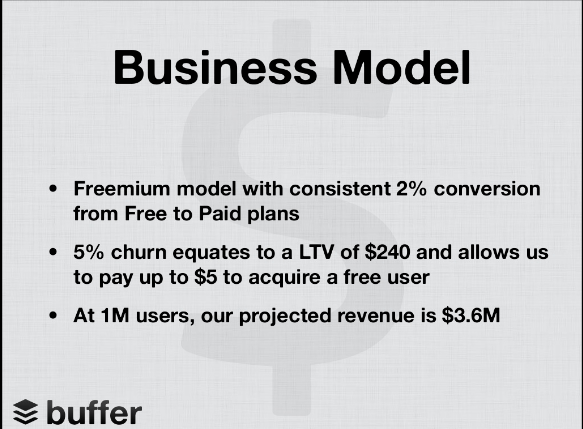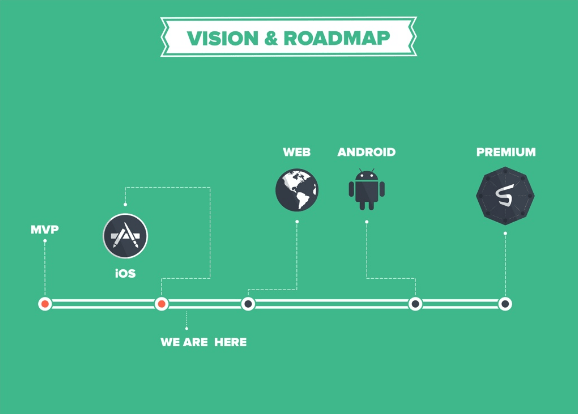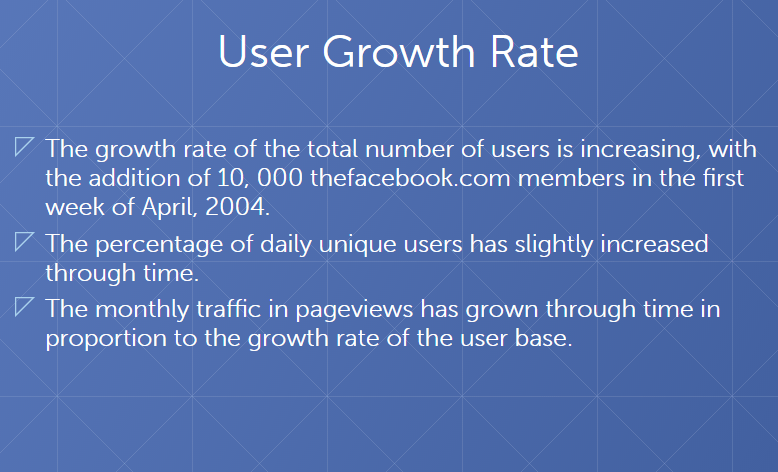A few weeks ago, we had entrepreneur and “Get Backed” author Evan Baehr give a webinar on how to build the perfect pitch deck and appeal to investors. We’re sharing some of his expertise for those who missed it in a series of blog posts.
Twilio went from unfunded to half a billion thanks to what many investors call “the perfect pitch.”
The founder Jeff Lawson, a character often described as both quirky and charming, came to the meeting with a less-conventional approach. He came with no documentation, no evidence of growth or social proof, and no conception of how his business was going to make money.
All he said was, “we have taken the entire messy and complex world of telephony and reduced it to five API calls.” Then, he proceeded to open up his laptop and start coding live. He asked the investors for a phone number, and within thirty seconds the phone rang. The investors were sold.
Of course, we’re not going to tell you to not create a pitch deck at all. But this popular anecdote highlights what investors are really looking for—product, passion, and competence. In the early stages of your company, they’re not investing in your business, they’re investing in you.
Investors aren’t looking for you to be 100% accurate about your predictions. Nor do they expect you to stick to your 5-year plan for your business. They’re looking for an entrepreneur who can stick out all the unexpected curve balls that you’ll inevitably face.
Here’s how to use a pitch deck to prove yourself.
Prove Passion With Your Narrative
Building a business from the ground up takes grit. That’s why investors are usually looking for a certain kind of relentlessness that will make you stick it out through the highs and lows. And they look for proof of that commitment in how passionately you talk about your product.
Evan Baehr tells a story about a woman he had met a few years ago. When he heard the pitch for her product—a healthy, GMO-free, soy food alternative—he wasn’t impressed. It sounded like she was just jumping on the health-crazed bandwagon. But later, he spoke to her alone and learned her story. She talked about being at her 30th doctor’s appointment in two months and how the decision to switch to a new diet changed her life. He was sold.
Tell Your Origin Story
Use the power of story-telling to convey your passion for your business. This will show the investors that you both, have the hutzpah to follow your business idea into uncharted territory and the ability to convince retailers, influencers, and consumers to believe in your brand.
Always start your deck with a compelling origin story (your overview slide). Then, use the narrative as a thread throughout your presentation. Of course, those of us with Italian grandfathers know that storytelling is a skill that takes some honing. Here’s what you need to bring that story to life:
- Concrete detail. If your story is vague, then it won’t sound genuine. Fill it with specific details and examples.
- Reactions and feelings. A business meeting seems to be no place for getting sentimental. But using emotive language is the sort of detail that helps your audience see the story from your perspective.
- Focus. Make sure your origin story has one single thesis or focus. If there are too many moving parts, it will be difficult to follow and remember.
- Supplementary imagery. This is where your slides come in. Use crisp design and provocative photos to help make your point. You can also use graphs that outline the main problem you seek to solve.

Skycatch pitch deck from february 2015
Prove Competence With the Nitty-Gritty
You’ve got the passion, and now it’s time to prove that you’ve got the chops. You have to prove that you can do what’s most important for a business—make money.
As Baehr mentioned, “finance slides are marketing, not finance.” There are way too many variables that you’ll have to guess at to treat your model as an accurate forecast of your business. Instead, you have to use this as an opportunity prove your fluency of the concepts, and demonstrate how you think about the upcoming journey to profitability.
Have a Money-Making Strategy
Create one or multiple financial models that prove that your customer acquisition costs (CAC) is less than the projected lifetime value (LTV) of your customers. Conventional wisdom says your lifetime value should be at least three times higher than your acquisition costs.
LTV/CAC ≥ 3
You should have a clear idea of what factors specific to your business will keep your LTV up, and your CAC down. Here are the sorts of things you should factor in:
- CAC: This is where you’ll talk about your marketing, promotion, and sales plans. How much time and how many resources will it take to get your brand out there?
- LTV: Consider your pricing, how long people will subscribe for, and how you will get repeat customers. Consider subdrivers of this—what will motivate people to use your brand over anything else out there?
While many companies dance around this subject and only vaguely hint at their LTV, it’s better to be transparent and direct to prove your competency. It worked for Buffer—their pitch deck helped them raise half a million dollars.

It’s also important to mention how much money you’re looking to raise and why. That way you can reassure investors that you have a plan for what you’re doing with that capital.
The Ten Slides That Need to Be in Every Deck
No pitch deck can make up for a lack of passion or competence. But, nailing down the fundamentals can certainly help. For your meeting, you should have two decks prepared:
- Reading deck. This is what you’ll be handing out to the investors for them to take with them. Everything—from visuals to descriptions—should make your point self-evident. They shouldn’t have to remember anything from your presentation to understand your business goals.
- Presentation deck. This should be the opposite—a fully stripped down version of the reading deck. They should have little to no words, and each slide should prompt your discussion on the topic. Design is vital to help deliver your story.

[The above image is a great example of a slide that would be found in a presentation deck. There are few words, and the visuals illustrate Swipes long-term goals.]
This way, when the investors flip through your deck later, they’ll remember all your most salient points. But as you’re presenting, you won’t lose half the room because they’re squinting to read your slides.
These are the ten slides that should make up both of your pitch decks:
- Overview: This is is the higher level reason for your business. This is the time to prove you’re passionate, and tell your origin story.
- Opportunity: Many great ideas live in a vacuum. This is when you prove that there’s a current need. Why now?
- Problem: What problem does your business set out to solve? What *specific* things illustrate this problem?
- Solution: What is your solution, and why hasn’t anyone done it yet? What’s unique about your approach to solving the problem?
- Traction: Prove that there’s already growing interest in your product. Are online sales growing month to month?

[Facebook’s first ever pitch deck included this instrumental slide. It showed that it already had the traction to go viral.]
- Customer or market: Is the niche that you’re targeting big enough? Who’s your buyer persona?
- Competition: Who are you competing against? How will you make sure that you can carve out a space?
- Business model: This is probably the most important slide. How will you make money? How will you grow your margins and minimize expenses? More on this below.
- Team: How will your team members bring new and unique expertise to the table? Who are you putting in charge of sales, marketing, finances?
- Use of funds: Why are you speaking with these investors? How do you plan on using the money you’re asking for? What amount of money are you shooting to attain, and why?

[Exercise app Fittr was able to secure their seed round with a pitch deck that included their very transparent fundraising goals.]
Many of these slides are pretty straightforward. But getting them down pat will be the icing on the cake after you’ve successful proved your passion and your competence.
Be Self-Aware
Investors will know that you’re not a jack-of-all-trades. They’re going to be picking you apart to see just what your Achilles heel is. Instead of feigning competence in every area, acknowledge your weaknesses and create a foolproof plan for how you’ll address these. If you’re a developer you’ll need people on your team to handle customer-facing activities, sales and marketing. If you are non-technical, you need someone in charge of quality control.
Most importantly, your pitch deck isn’t to create any kind of illusion that you’re in complete control. Instead, it’s to instill the audience’s confidence in your passion and your ability to focus on what’s important.
The full webinar can be viewed here
